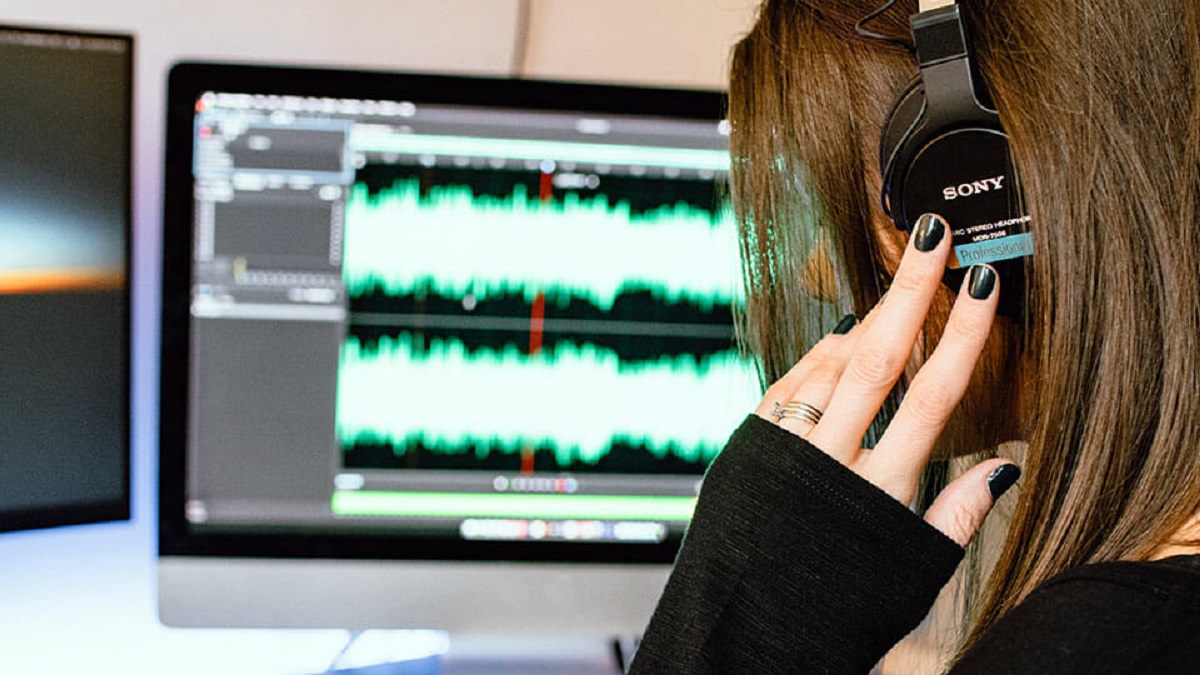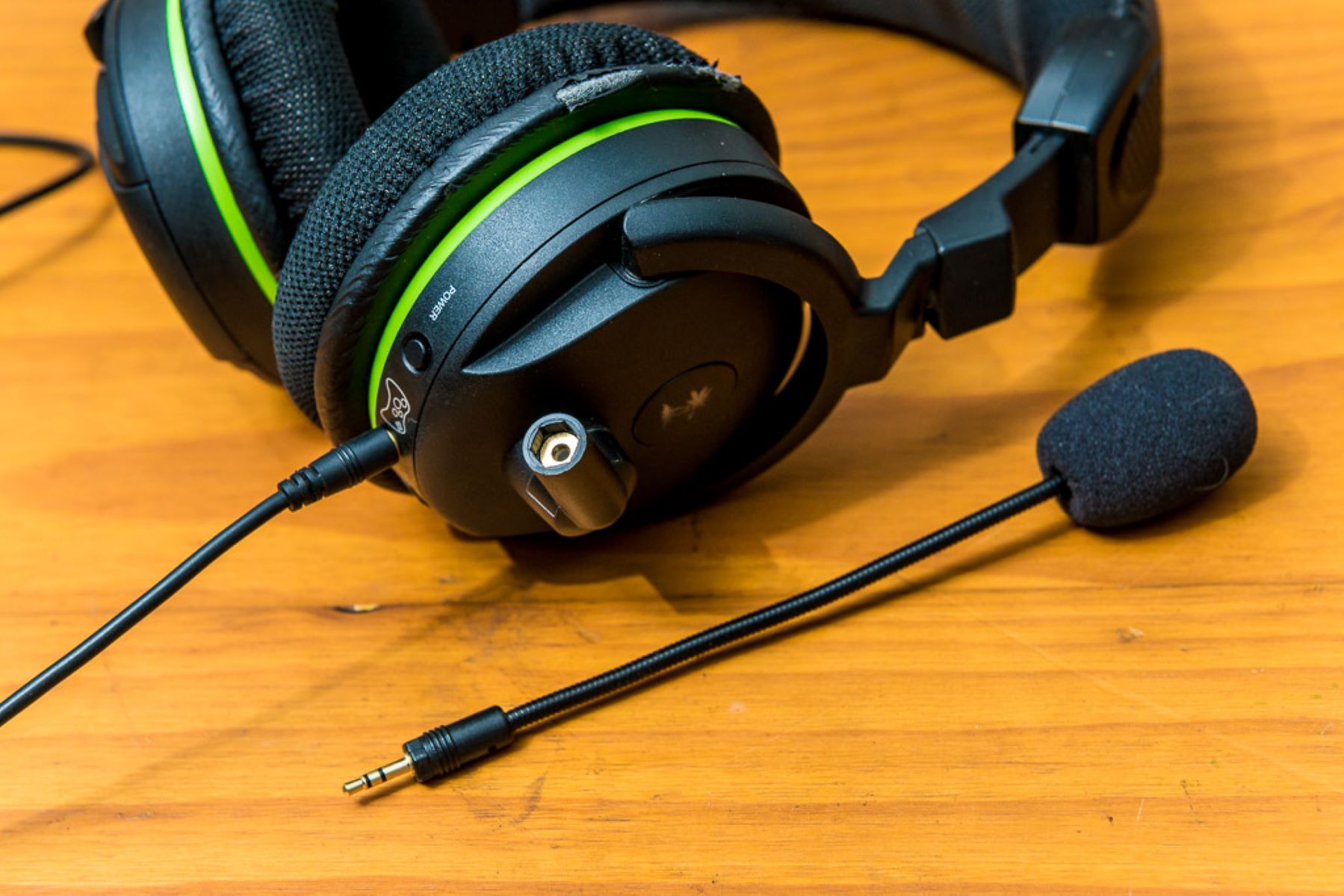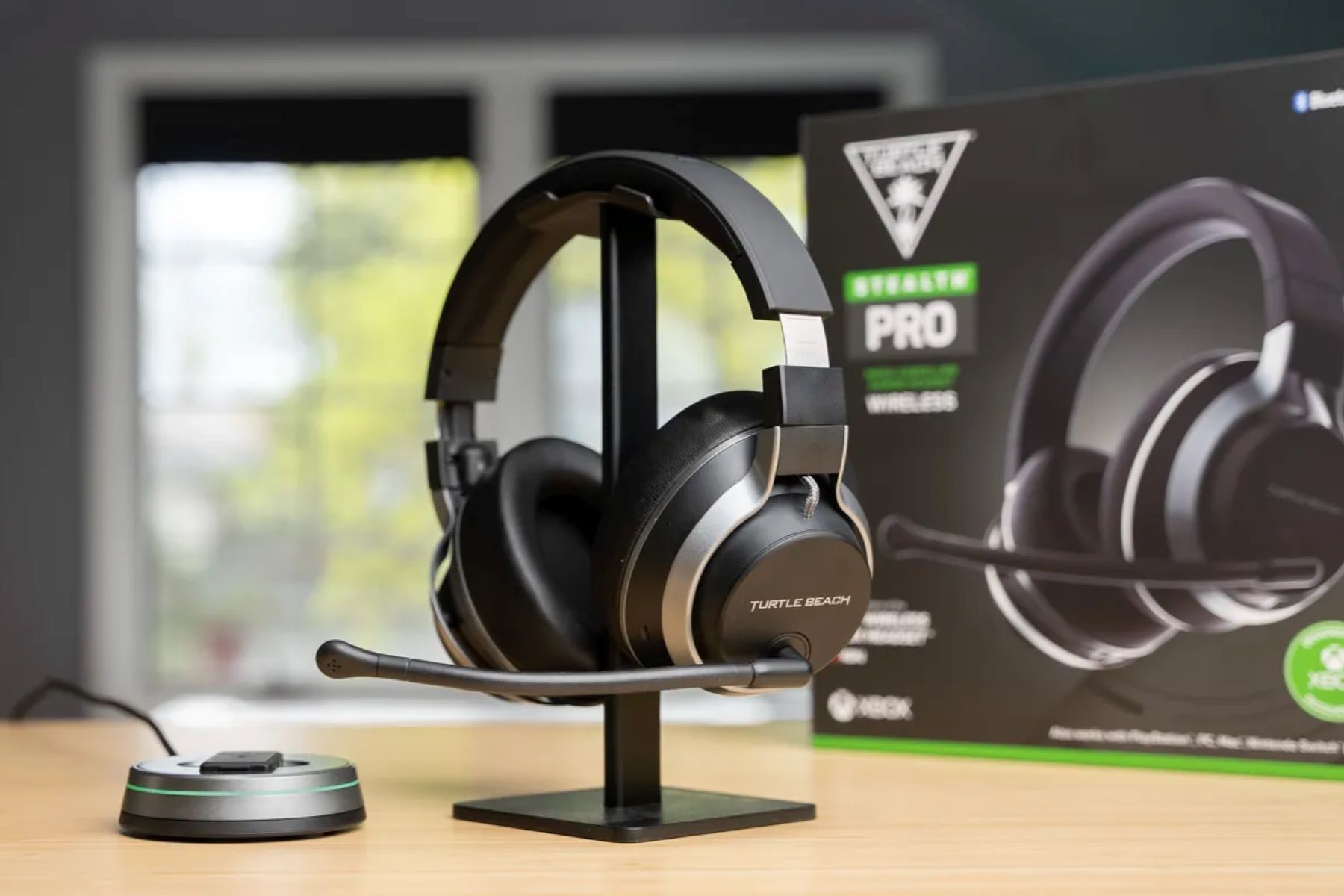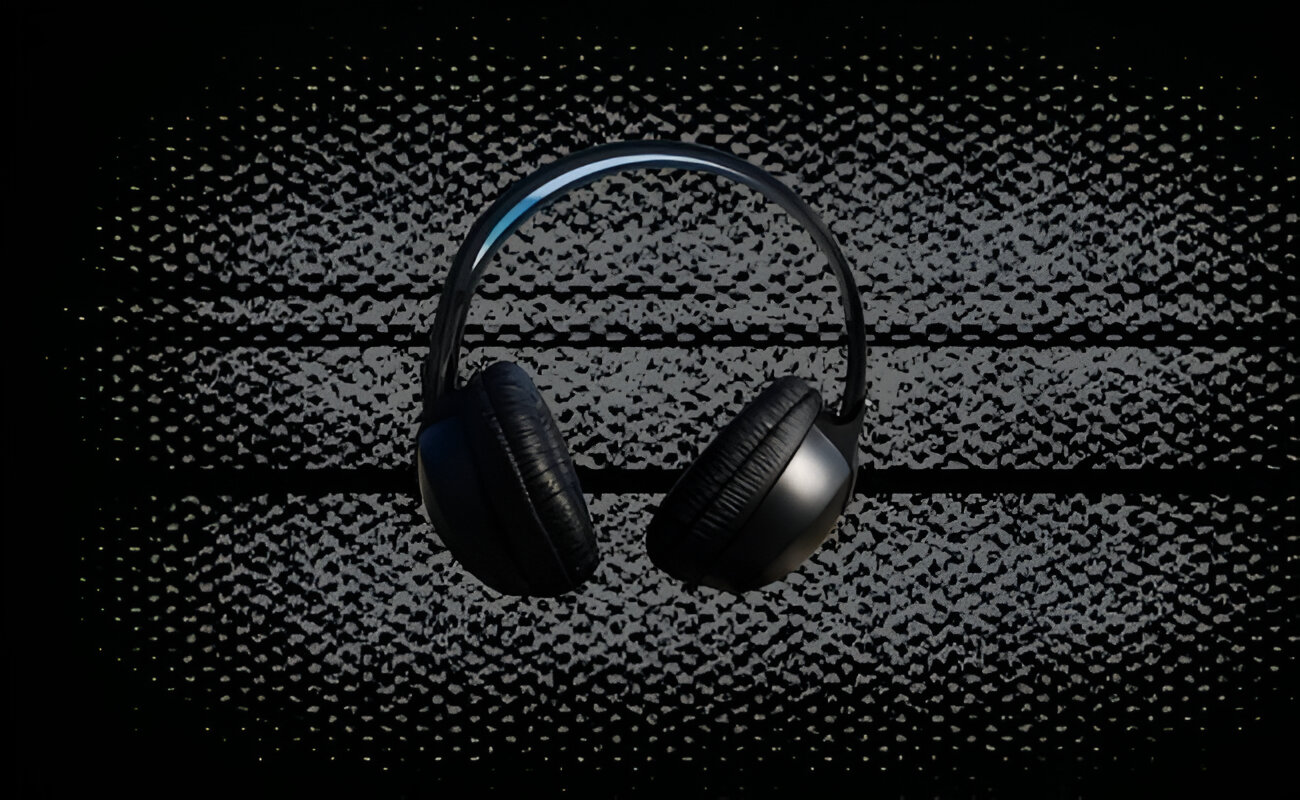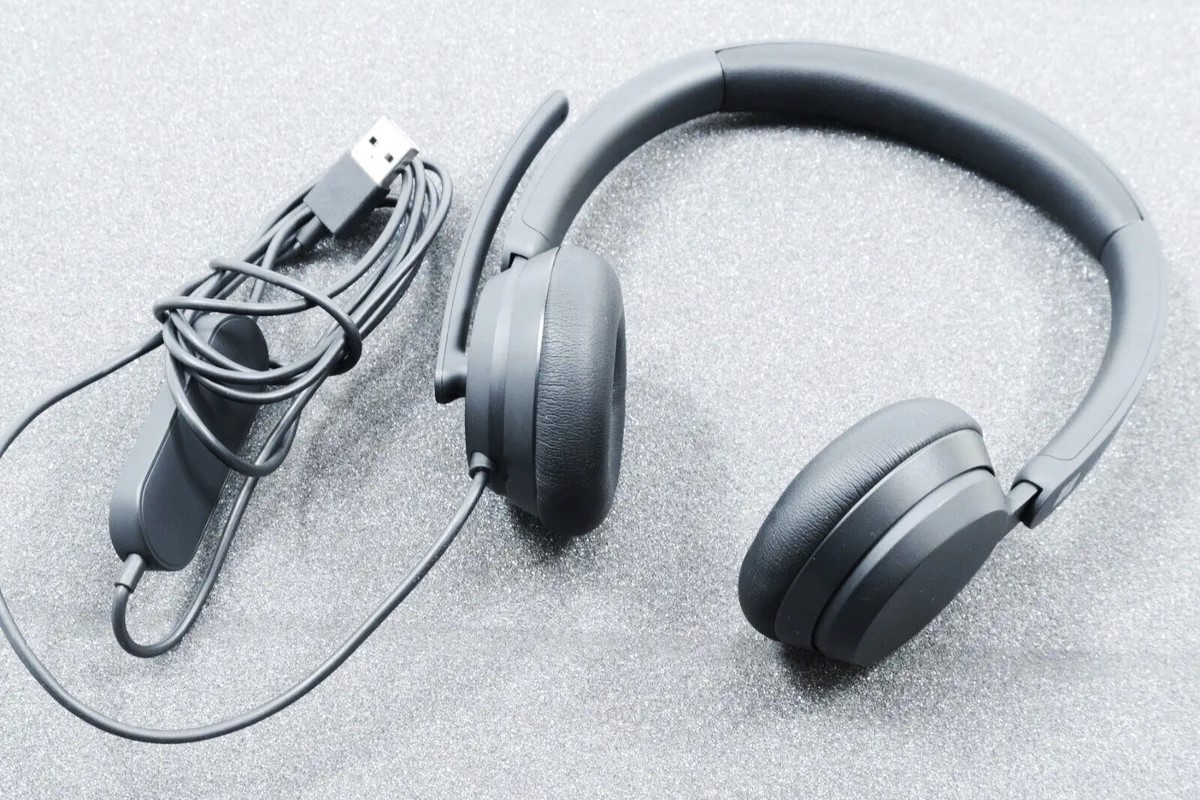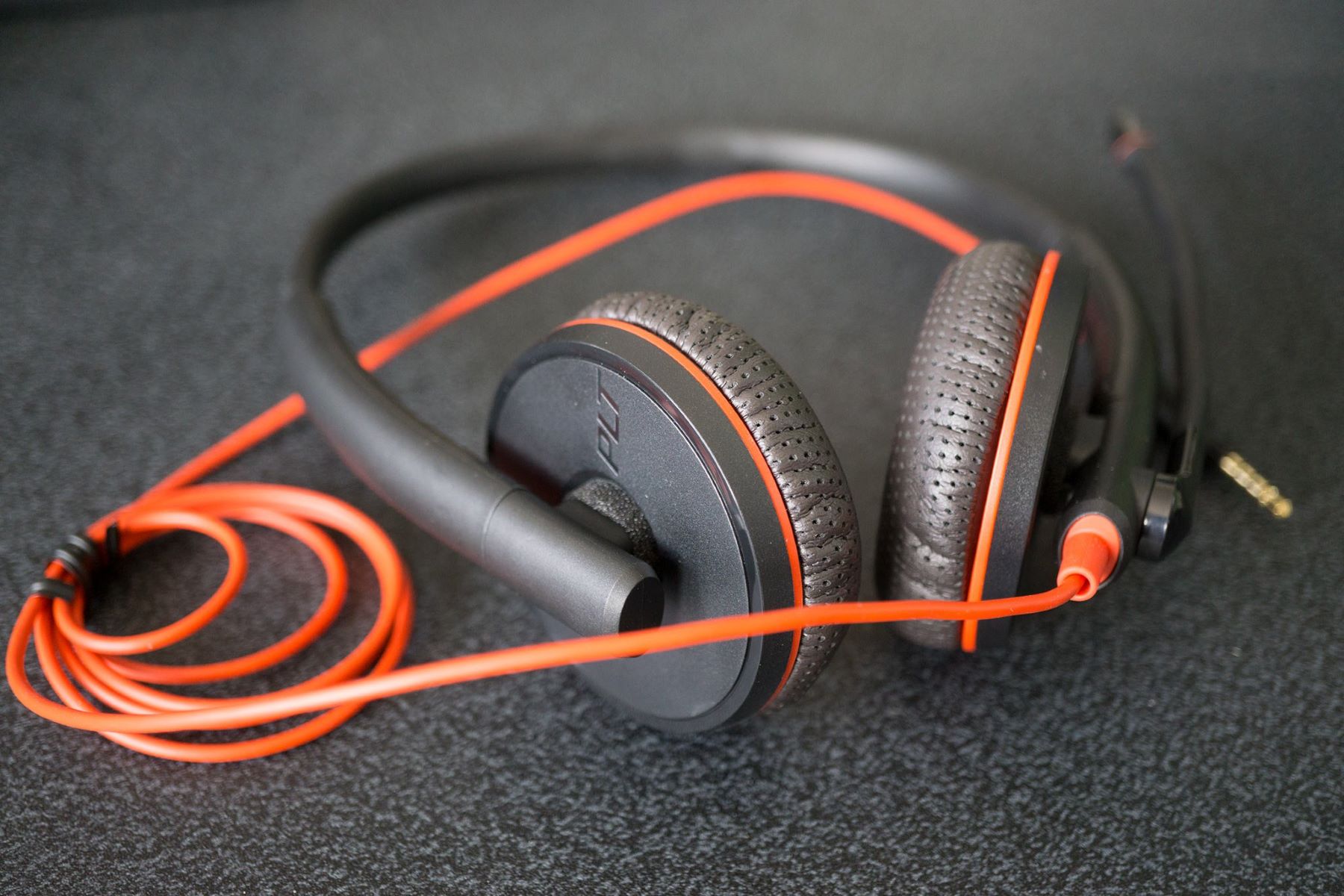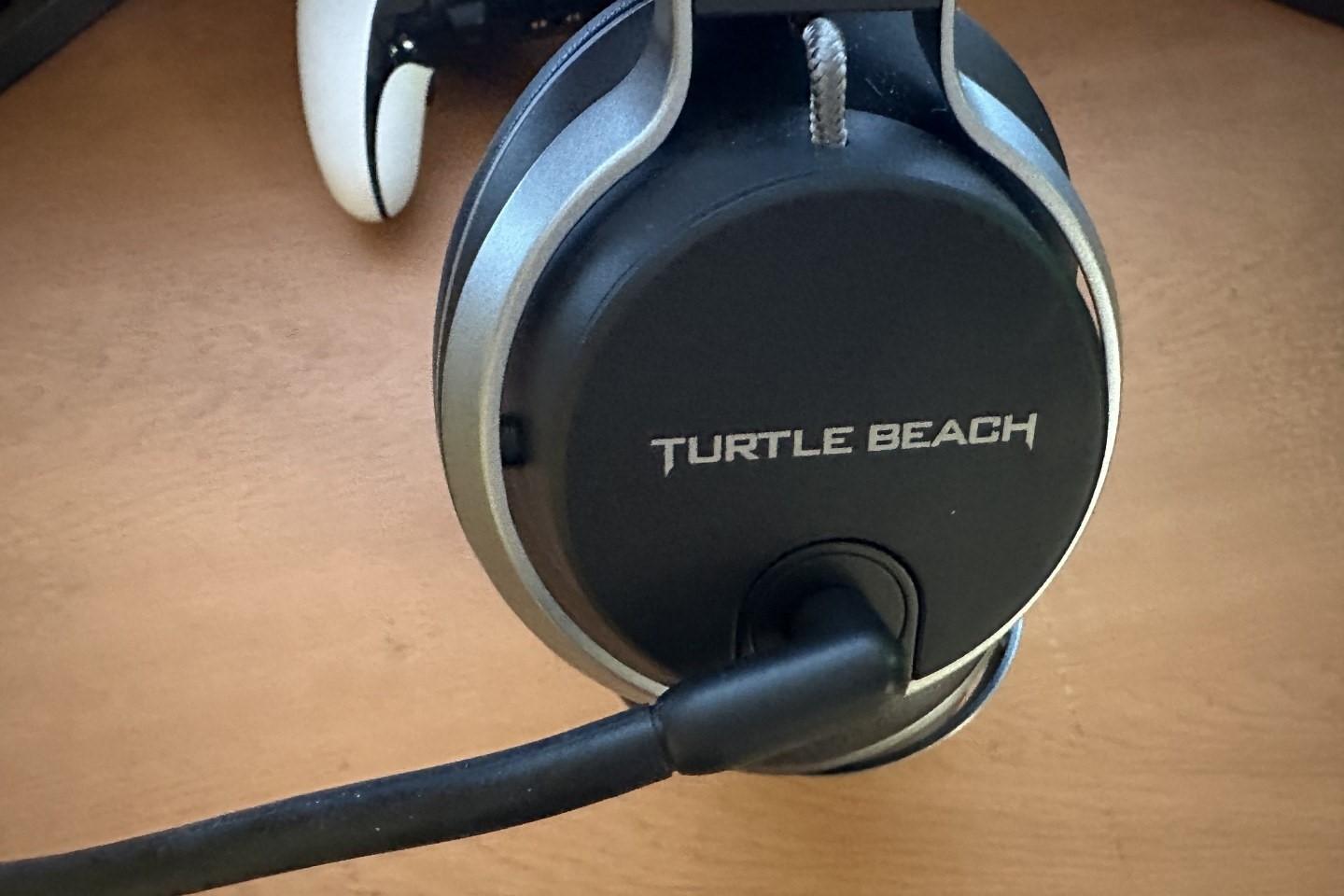Understanding Static Noise in Your Headset
Have you ever been immersed in your favorite playlist or engaged in an intense gaming session, only to be rudely interrupted by an annoying crackling or buzzing sound in your headset? This frustrating experience is known as static noise, and it can significantly detract from the overall audio quality and your enjoyment of the experience.
Static noise in headsets is often described as a persistent, unwelcome background noise that disrupts the clarity and crispness of the audio. It can manifest as crackling, buzzing, or hissing sounds, and it tends to be more pronounced during quiet or silent moments, making it particularly irksome.
Understanding the nature of static noise is crucial for effectively addressing and resolving this issue. It's important to note that static noise is not an inherent characteristic of headsets; rather, it is an unwanted interference that disrupts the intended audio signal. This interference can originate from various sources, including electrical disturbances, hardware malfunctions, or environmental factors.
To truly comprehend the impact of static noise, consider its effect on the overall audio experience. Whether you're listening to music, communicating with friends during online gaming, or participating in virtual meetings, the presence of static noise can diminish the clarity of speech, distort musical nuances, and compromise the immersive quality of sound effects in games and movies.
In essence, static noise is an unwelcome intruder that disrupts the seamless flow of audio, impeding your ability to fully engage with the content you're consuming. It's akin to a persistent background chatter that distracts and detracts from the intended audio experience, ultimately diminishing the enjoyment and utility of your headset.
By understanding the nature and impact of static noise, you can embark on a journey to troubleshoot and resolve this vexing issue, ultimately reclaiming the pristine audio quality that you deserve from your headset.
Identifying Common Causes of Static Noise
Static noise in headsets can stem from a variety of sources, and identifying the underlying causes is instrumental in effectively addressing this issue. By recognizing the common culprits behind static noise, you can embark on a targeted troubleshooting process to restore the pristine audio quality of your headset.
1. Cable Interference
One prevalent cause of static noise in headsets is cable interference. Over time, the cables connecting your headset to the audio source can become worn or damaged, leading to signal disruptions and static noise. Additionally, if the headset cable is in close proximity to power cables or other electronic devices, electromagnetic interference can occur, manifesting as unwanted static noise in the audio output.
2. Hardware Malfunctions
Faulty or aging hardware components within the headset can also contribute to the occurrence of static noise. This may include issues with the headset's audio drivers, damaged audio jacks, or internal wiring defects. Furthermore, dust and debris accumulation within the headset's audio ports can impede signal transmission, resulting in static noise during audio playback.
3. Environmental Interference
External environmental factors can introduce interference that manifests as static noise in headsets. Radio frequency interference (RFI) from nearby electronic devices, such as mobile phones, routers, or other wireless peripherals, can disrupt the audio signal and lead to the perception of static noise. Additionally, environmental factors such as poor grounding, electrical surges, or ambient electromagnetic fields can contribute to the manifestation of static noise in headsets.
4. Software and Driver Issues
In some cases, static noise may be attributed to software or driver-related issues. Outdated or incompatible audio drivers, system configuration conflicts, or software glitches can result in audio disturbances, including static noise. It's essential to consider the software environment and ensure that the audio settings and drivers are optimized for seamless audio playback.
5. Audio Source Quality
The quality of the audio source itself can impact the presence of static noise in headsets. Low-quality audio recordings, poorly encoded media files, or streaming sources with subpar audio compression can introduce artifacts and disturbances, including static noise, during playback.
By recognizing these common causes of static noise in headsets, you can initiate targeted troubleshooting measures to address each potential source of interference. This proactive approach enables you to systematically identify and mitigate the factors contributing to static noise, ultimately restoring the pristine audio fidelity of your headset.
Troubleshooting and Fixing Static Noise Issues
Addressing static noise issues in headsets requires a systematic approach to identify and resolve the underlying causes of interference. By implementing targeted troubleshooting steps, you can effectively mitigate static noise and restore the optimal audio quality of your headset.
1. Cable Inspection and Replacement
Begin the troubleshooting process by inspecting the headset cables for any signs of wear, fraying, or damage. If evident, consider replacing the cables with high-quality, shielded alternatives to minimize the risk of signal interference and static noise. Additionally, ensure that the headset cables are positioned away from power cables and other electronic devices to prevent electromagnetic interference.
2. Hardware Maintenance and Cleaning
Examine the headset's audio jacks, connectors, and internal components for any signs of damage or debris accumulation. Clean the audio ports using compressed air or specialized electronic cleaning tools to remove dust and debris that may impede signal transmission. Furthermore, consider updating the headset's audio drivers to ensure compatibility and optimal performance.
3. Environmental Optimization
Mitigate environmental factors that contribute to static noise by optimizing the audio setup environment. Position wireless routers, mobile phones, and other electronic devices away from the audio source to minimize radio frequency interference. Additionally, ensure that the power outlets and electrical connections are grounded properly to prevent electrical surges and minimize the impact of ambient electromagnetic fields.
4. Software and Driver Updates
Verify that the audio drivers and software settings are up to date and configured for optimal audio playback. Update the audio drivers to the latest versions compatible with your operating system, and ensure that the audio settings are optimized to minimize audio disturbances. Consider adjusting the audio equalization settings to mitigate any frequency-specific static noise.
5. Audio Source Evaluation
Assess the quality of the audio source to identify potential factors contributing to static noise. Utilize high-quality audio recordings and reputable media sources to minimize the risk of artifacts and disturbances during playback. Additionally, consider using audio files with higher bitrates and superior encoding to enhance the overall audio fidelity and reduce the likelihood of static noise.
By systematically implementing these troubleshooting measures, you can effectively address static noise issues in your headset and restore the pristine audio quality essential for an immersive and enjoyable audio experience.
Preventing Static Noise in Your Headset
Preventing static noise in your headset is paramount to maintaining consistent audio quality and an uninterrupted listening or gaming experience. By proactively implementing preventive measures, you can minimize the risk of static noise and ensure that your headset delivers pristine audio fidelity without unwelcome disturbances. Here are several proactive steps to prevent static noise in your headset:
1. Cable Management and Protection
Ensure proper cable management to prevent wear and damage to the headset cables. Utilize cable organizers or clips to secure the cables and minimize strain on the connectors. Additionally, consider investing in high-quality, shielded cables to reduce the risk of signal interference and electromagnetic disturbances. Proper cable protection and organization can significantly contribute to preventing static noise in your headset.
2. Regular Maintenance and Cleaning
Adopt a routine maintenance schedule to inspect and clean your headset's audio ports, connectors, and internal components. Use compressed air or specialized electronic cleaning tools to remove dust and debris that may impede signal transmission. Regular maintenance not only preserves the integrity of the headset's components but also minimizes the likelihood of static noise due to environmental contaminants.
3. Environmental Optimization
Optimize the audio setup environment to minimize the impact of external interference. Position your audio source and headset away from potential sources of interference, such as wireless routers, mobile phones, and other electronic devices. Additionally, ensure that the power outlets and electrical connections are properly grounded to mitigate the risk of electrical surges and environmental electromagnetic fields that can contribute to static noise.
4. Software and Driver Management
Stay vigilant with software and driver updates to ensure compatibility and optimal performance. Regularly update your audio drivers to the latest versions compatible with your operating system, and configure the audio settings for seamless playback. By staying abreast of software and driver updates, you can preemptively address potential audio disturbances, including static noise, and maintain a stable audio environment.
5. High-Quality Audio Sources
Opt for high-quality audio sources, such as lossless audio files and reputable streaming services, to minimize the risk of static noise due to poor audio quality. High-bitrate audio files with superior encoding can enhance the overall audio fidelity and reduce the likelihood of static noise artifacts during playback. By prioritizing high-quality audio sources, you can elevate the audio experience while mitigating potential sources of interference.
By integrating these preventive measures into your headset maintenance routine, you can significantly reduce the occurrence of static noise and sustain the optimal audio quality essential for immersive audio experiences. Proactive prevention sets the stage for uninterrupted audio enjoyment, allowing you to fully engage with your favorite content without the unwelcome presence of static noise.







